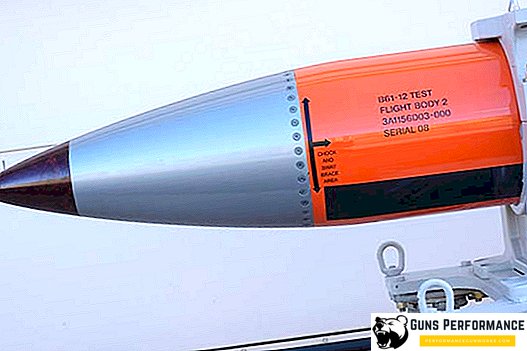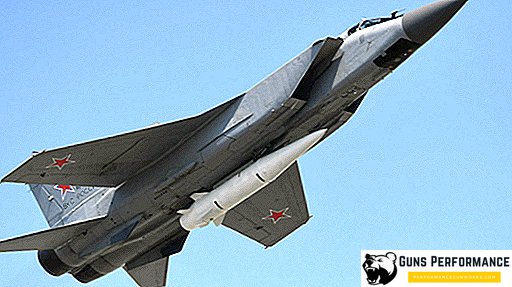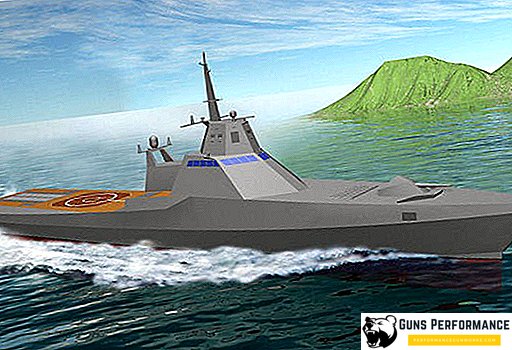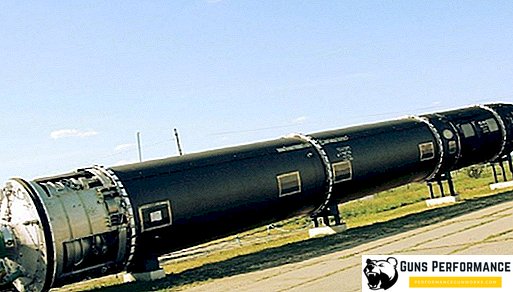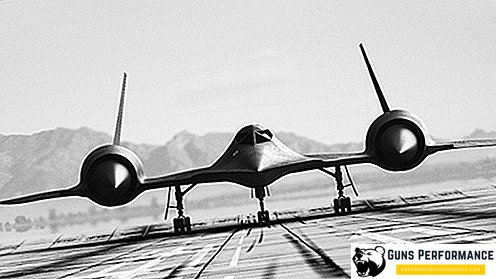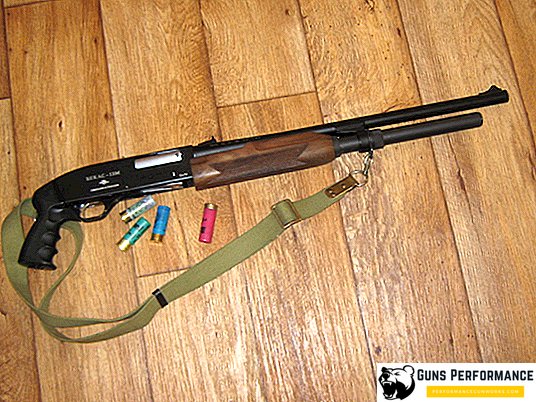The Tu-204 is a narrow-body medium-haul passenger aircraft created by the Tupolev experimental design bureau. Initially, it was positioned as a replacement for the Tu-154 passenger liner.
Overview of the cabin and the layout of the seats of the Tu-204
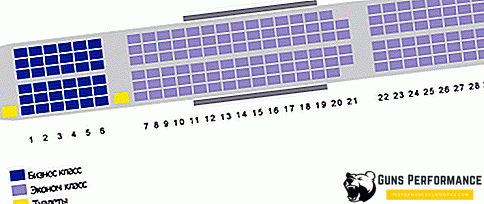
Depending on the type of layout of the Tu-204 passenger aircraft, it can hold from 164 to 215 people. In the space scheme provided, the aircraft has two classes (business and economy). In business class, places can be placed according to the "2-2" scheme, and according to "3-3" and have a wide passage in the middle. The best in the business class are definitely the places located in the middle (not in the first and not in the sixth rows), since toilet and utility rooms are located next to them. Also, the sixth row seats are also adjacent to the partition between the business class and the noisy economy class. Therefore, when booking seats, you should remember these features.
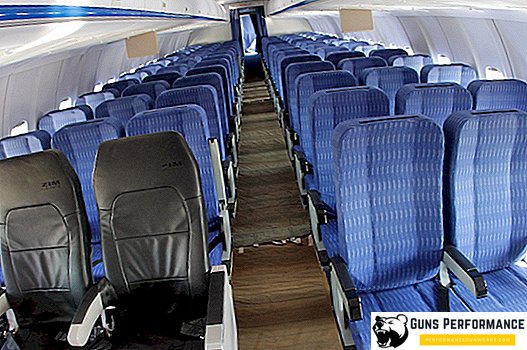
Economy class seats are arranged according to the "3-3" scheme. For economy class, the best can be called places 7 and 22 rows. Convenience and greater comfort gives them the fact that these rows do not have other places in front of them, and, consequently, more legroom than usual. Unsuccessful in economy class are places of the 29th row due to their close proximity to the toilets, which ensures long queues at certain hours.
The history of the creation and operation of the Tu-204
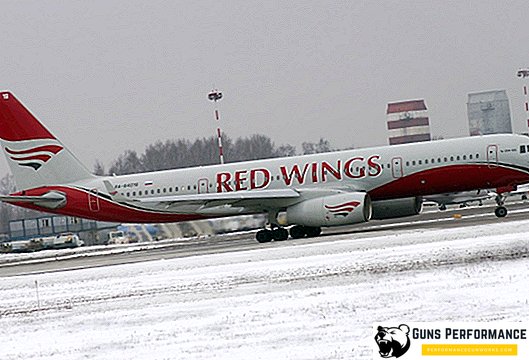
The passenger liner Tu-154 began operating in 1968. However, already in 1973, work began on the creation of a new aircraft that could become a worthy and valuable replacement for the Tu-154 liner. It was assumed that the new aircraft will have greater passenger capacity, flight range and carrying capacity. The new project was named Tu-204.
During the development and design of the liner was considered many possible options for the design of the fuselage. For example, a variant of a wide-body, double-decker passenger aircraft that would have increased payload and passenger capacity was considered. As a result, the Tupolev Design Bureau decided to supply the Tu-204 with three engines, one of which was installed in the tail section, and the other two were mounted on pylons under the wing. In 1982, the layout was also created based on the design of the aircraft, but in the end, the plan with three engines, it was decided to abandon.
The result was a narrow-body aircraft with two engines located under its wings. Thus, the design of the Tu-204 has become completely new for the aircraft of the Tupolev Design Bureau, which previously designed passenger aircraft mainly with engines located in the tail section.
The first flight of the aircraft was carried out at the very beginning of 1989. However, due to the difficult economic and political situation in the Soviet Union, and later in Russia, the tests of the Tu-204 were delayed for 6 long years. Only at the cost of tremendous efforts in December 1994, the aircraft passed the tests and was certified.
Commercial operation of the Tu-204 began in 1996. However, the economic crisis and the horrific situation of the domestic aviation industry did everything to ensure that the popularity of the aircraft remained low. So, in the 90s it was more profitable and economical to buy used aircraft produced by western companies (Airbus and Boeing). An additional inconvenience was also the fact that, in earlier versions of the Tu-204, the crew, as a rule, consisted of 3 people, which was not very economical for many airlines.
Nevertheless, after the liner was improved, the comfort of the passenger compartment was increased by an order of magnitude, as well as its economy. For example, new models of the Tu-204 (for example, the Tu-204-200 or the Tu-204-300) are able to compete with Western Boeing and Airbus, but Russian airlines are afraid to order liners from a domestic manufacturer, which often lacked spare parts or components.
Today, only one Tu-204 per year is produced, and the main customer is the state and its structures. In addition, in 2018 it became known and the possible sale of PJSC "Tupolev" license for the production of the liner to Iran. Also in the same year, the program of production and supply of ten Tu-204s with increased comfort and improved on-board electronics was announced.
From the beginning of serial production in 1990 to 2018, only 78 Tu-204 aircraft were produced, of which about 40 are in operation today.
Modifications of the Tu-204 liner
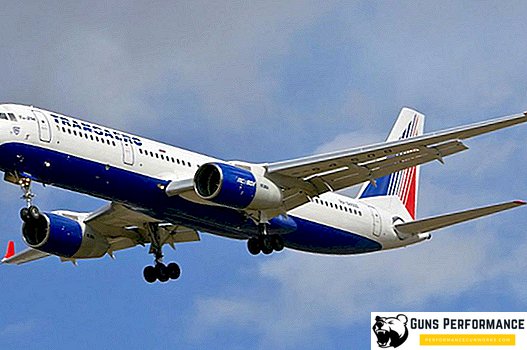
To date, there are the following modifications of the Tu-204:
- The Tu-204 is a basic modification of the liner, which has a passenger capacity of up to 210 people. Operated since 1996;
- The Tu-204-100 is a modification of the Tu-204, which has an increased take-off weight and passenger capacity. In operation since 1996;
- The Tu-204-200 is a version of the liner with additional fuel tanks, which allow to slightly increase its flight range. It was built in a single copy, the commercial operation of which was started in 2001;
- Tu-204-100V - modification of the liner with an improved system of on-board electronics and a passenger cabin with increased comfort;
- The Tu-204-120 is a variant of the Tu-204, equipped with Western onboard electronics, which allows to significantly expand the market opportunities and prospects of the liner. Commercially operated since the fall of 1998;
- The Tu-204-300 is a modification of the liner with a reduced (by 6 meters) fuselage length, as well as with a lower passenger capacity (up to 165 people). However, this is offset by an increased range of flight, which allows you to make a non-stop flight from Moscow to Vladivostok;
- Tu-204SM - modification of the liner, which is essentially its serious processing. Thus, the aircraft is equipped with the latest avionics and air navigation systems, which reduced the crew to 2 people. A large number of other innovations make it possible to speak of this aircraft as a new generation of the Tu-204 family. Mass production was started in 2013.
Overview of the Tu-204 and specifications
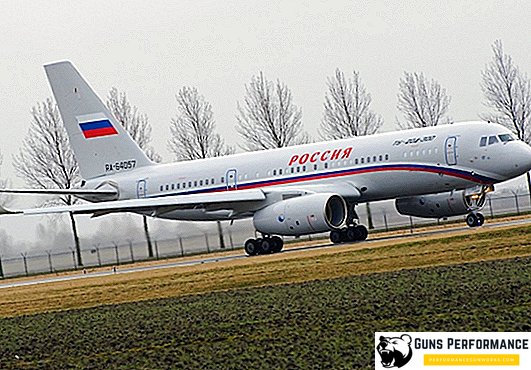
The Tu-204 is a free-flying monoplane in a normal aerodynamic configuration. The power plant of the liner is represented by two turbofan engines.
A new and bold solution for the domestic aviation industry was that the fuselage of the Tu-204 consists of 14% of composite materials, which significantly affected its strength, reliability and economy in maintenance. So, tests have shown that the aircraft wing is capable of withstanding a load of up to 140% of the calculated value.
Flight characteristics of the main modifications of the Tu-204:
| Tu- 204-100 | Tu-204С | Tu- 204-120 | Tu-204-200 | Tu- 204-300 | Tu-204CM | |
| Wingspan, m | 41,8 | |||||
| Length m | 46,1 | 40,2 | 46,1 | |||
| Fuselage width, m | 3,8 | |||||
| Height in the tail, m | 13,9 | |||||
| Wing area, m² | 184,2 | |||||
| Max. payload, kg | 21 000 | 30 000 | 21 000 | 25 200 | 18 000 | 23 000 |
| Max. refueling, kg | 32 800 | 35 700 | 36 000 | 35 700 | ||
| Max. take-off weight, kg | 103 000 | 110 750 | 107 500 | 108 000 | ||
| Max. landing weight, kg | 88 000 | 91 500 | 88 000 | 93 000 | 88 000 | 89 500 |
| Max. passenger capacity | 210 | - | 210 | 164 | 215 | |
| Interior width, m | 3,6 | |||||
| Cabin height, m | 2,1 | |||||
| Crew, pers. | 3 | 2 | ||||
| Cruising speed, km / h | 830-850 | |||||
| Maximum speed, km / h | 850 | |||||
| Service ceiling, m | 12 100 | |||||
| Flight range with maximum fuel capacity, km | 6,820 km | 6,810 km | 6,890 km | 7,370 km | ||
| Flight range with maximum payload | 4 020 | 2 370 | 3 940 | 3 460 | 5 920 | 4 200 |
| Engines | 2 × PS-90A | 2 × RB211 | 2 × PS-90A | 2 × PS-90A2 | ||
| Average hourly fuel consumption (at max. commercial load) | 3,180 kg / hour | 3 210 kg / hour | 3 400 kg / hour | 3,180 kg / hour | ||
| Required runway length, m | 2 500 m | 1 950 m | ||||
Conclusion
The aircraft Tu-204 is a real breakthrough for the domestic aircraft industry. This is proved by the fact that even today, more than 30 years after the start of its development, the aircraft (mainly its newest modifications), due to its characteristics, is actually able to compete with passenger liners of Western companies, possessing considerable economy and ease of use.
Nevertheless, the bad service to this offspring of the Tupolev Design Bureau was served by the times in which its tests were carried out, and also its mass production began. Thus, in the 90s of the 20th century, funding for the project stopped several times, and the tests dragged on for as many as 6 years.
And yet the great potential of the car and its efficiency allow us to hope for better times for the Tu-204.


